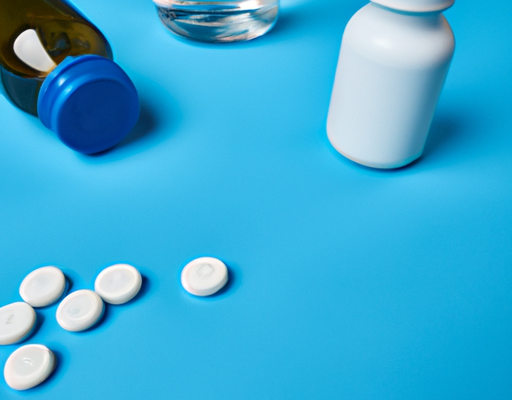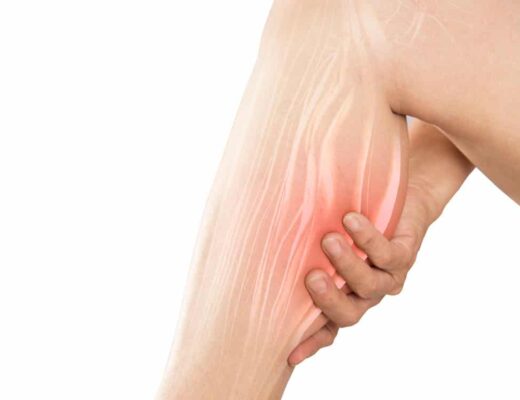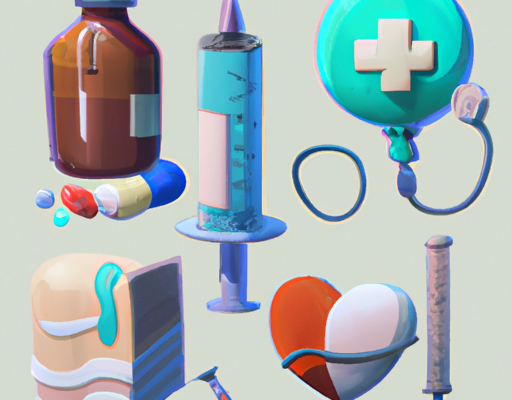Definition of pimple
Pimple pus is a mixture of bacteria, dead skin, and oils that are released from the pores of the skin during a pimple breakout. It is often yellow, white, or green in color, and can be thick, thin, or creamy. A pimple is a form of acne, and usually appears as a raised bump on the skin. In some cases, it may be filled with pus.Health-wise, pimples are caused when the skin is not exfoliated regularly, leading to clogged pores. Hormonal changes, such as those that occur during puberty, can also lead to the development of pimples. The most common way to treat a pimple is to use exfoliating agents to clear away any build-up of bacteria and oils.Here are a few ways to treat pimples:
- Use a mild cleanser to reduce the build-up of bacteria and oils.
- Apply a topical acne treatment to the affected area.
- Do not squeeze or pick at the pimple.
- Use a spot treatment to reduce inflammation.
- Apply a warm compress to the area to help reduce redness.
It’s important to remember that pimple pus is a sign of an underlying skin condition, and should not be popped or squeezed. Doing so can lead to more serious infections, scarring, and damage to the skin. If you have persistent pimples, it’s best to consult a doctor or dermatologist for the best treatment options.
Different types of pimple
Pimples are a common skin problem for many people, and their appearance can vary greatly depending on their cause. For most people, pimples form when excess oil, dead skin cells and bacteria mix and block a pore. This can cause inflammation and create a red, swollen and sometimes painful bump on the skin’s surface. Pimples are most common on the face, chest, back and shoulders, though they can also appear on other areas of the body. Here are the different types of pimples and their characteristics:
- Whiteheads: A whitehead is a closed pore that is filled with bacteria, oil, and other debris. Whiteheads appear as small whitish bumps on the skin.
- Blackheads: Blackheads are slightly raised bumps that occur when a pore is open and filled with a plug of bacteria, oil, and other debris. They appear black due to oxidation.
- Cysts: Cysts are large and deep bumps filled with pus, bacteria, and dead skin cells. They are typically very painful, inflamed, and can last for several weeks.
- Papules: Papules are small, hard bumps that feel tender to the touch. They are usually red and inflamed, and may be filled with pus.
- Nodules: Nodules are hard, inflamed lumps that form deep under the skin and can be quite painful. They can take weeks to months to heal.
It is important to note that the longer a pimple is left untreated, the more likely it is to develop into a cyst or nodule — both of which can be painful and difficult to treat. If you are concerned about a pimple and its potential to develop into something more severe, speak to a dermatologist or medical professional.
Whiteheads
Whiteheads are a common type of acne. They appear as small, white bumps on the skin, like small pimples with a white center. Whiteheads occur when a clogged pore remains closed and collects bacteria, sebum, and skin debris. They are also known as ‘closed comedones’. Whiteheads tend to be less painful than other pimples, but they may cause some discomfort. The best way to treat whiteheads is to practice good hygiene and keep the affected area clean. Here are a few tips to help you get rid of whiteheads:
- Cleanse your skin twice a day with a mild cleanser.
- Exfoliate regularly to remove dead skin cells and unclog pores.
- Avoid picking, scratching, and popping whiteheads.
- Try topical treatments such as benzoyl peroxide or salicylic acid.
- See a dermatologist if your whiteheads persist.
Blackheads
Sometimes factors such as blocked pores, overactive sebaceous glands, too much make-up, certain medications, humidity, fluctuating hormones, and certain skin products can all contribute to the appearance of blackheads. Blackheads usually appear in areas of the skin that have an abundance of sebaceous glands such as the forehead, nose, and chin, also known as the T-zone. While these pimples look unappealing, they are simply an accumulation of dead skin cells, oil, and bacteria. Blackheads can range in size and can be quite small or large. People are often tempted to ‘pop’ them but this can cause more skin damage and lead to the bacteria spreading. The best way to treat blackheads is with a simple skincare regime that includes gentle exfoliation and use of a topical treatment such as salicylic acid. Anti-bacterial cleansers and retinoids are also recommended treatments for blackheads.
Papules
Papules are one of the many types of pimple pus. They are small, solid lesions that appear on the skin and can range in size from a few millimeters to a centimeter in diameter. Papules are often red or pink in color and can be tender to the touch. They are a common symptom of acne, but can also be caused by bacterial infections. In the case of acne, papules can form when bacteria, oil, and dead skin cells mix together and clog a pore. When attempting to treat papules, it is important to avoid picking at them, as this could lead to further inflammation or infection. Instead, it is best to use a gentle cleanser and over-the-counter topical treatments to reduce inflammation and clear up the pimple.
Pustules
When it comes to the different types of pimple pus, health experts typically group them into two main categories: pustules and cysts. Pustules, also known as whiteheads, are the most common type of pimple pus. They are small, raised bumps filled with a yellowish, pus-filled fluid. In some cases, pustules may be painful and can cause redness and irritation. Generally, they will heal within a few days without any major treatment. However, if they persist, then a doctor may recommend over-the-counter or prescription medications to help reduce the inflammation and pain.
Nodules
Acne nodules are the most severe form of pimple. They are large, inflamed bumps that develop deep within the skin, and can continue to grow over time. Unlike other pimples, nodules are not filled with pus, but rather with a combination of dead skin cells and excess sebum. The cause of nodules is unknown, but they appear to be related to hormone levels, bacteria, and an overproduction of sebum. Treatment of nodules can be difficult and may include topical creams and medications, antibiotics, and sometimes in extreme cases, laser treatments. Since nodules are a more serious form of acne, it is important to seek help from a healthcare provider to help identify the best treatment options.
Cysts
Cysts are the most serious type of pimple and should be taken very seriously. They are large, lumpy swellings on the skin that are filled with a thick, white or yellowish pus. Cysts are usually tender and can become red, inflamed and sore. They can also form scarring and can last for weeks or months. Cysts can be caused by clogged pores, bacterial infections, or hormonal imbalances, and if left untreated, can cause skin damage and even lead to permanent scarring. Treatment for cysts includes antibiotics, topical creams, hormones, or even surgery. It is important to seek medical advice if you suspect you have a cyst, as it is important to treat the underlying cause and not just the symptoms.
Treatment Options
When it comes to treating pimple pus, there are a few options available. Firstly, it is important to keep the area clean to reduce the risk of infection. This can be done by gently washing the area with an antibacterial soap or cleanser. If the area is inflamed, an anti-inflammatory medication such as ibuprofen can be taken to reduce swelling. For more severe cases, a doctor may prescribe a topical or oral antibiotic, or a retinoid, to help remove the pus. If the pimple is too deep, a cortisone injection may be necessary. All of these treatments should be done with caution, as they can lead to serious side effects if not used properly.
Conclusion
In conclusion, pimple pus can come in many different types and consistencies. While some types of pus are normal, other types may be a sign of infection. It is important to recognize the different types of pus to ensure that proper diagnosis and treatment is provided. When it comes to facial skin care, it is always best to consult with a dermatologist to ensure that pimples are properly managed and do not lead to more serious health complications.





No Comments